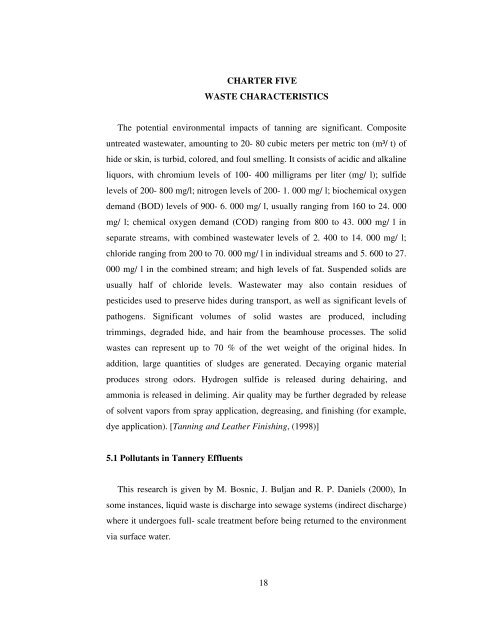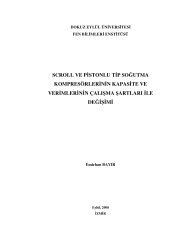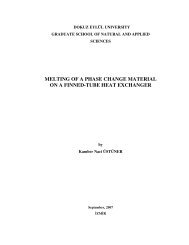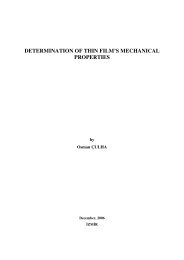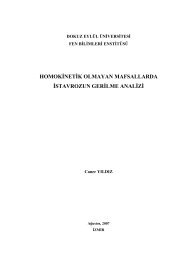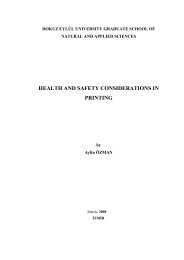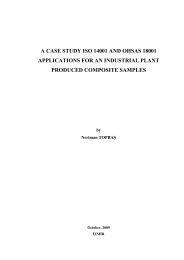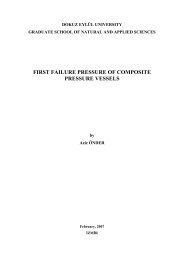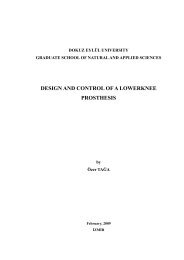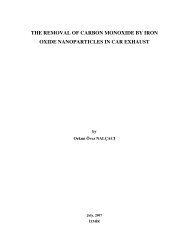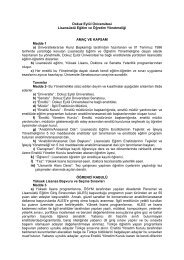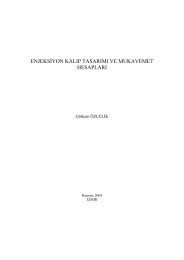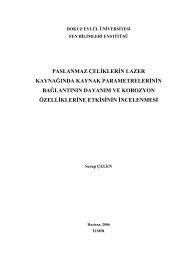WASTE MANAGEMENT IN LEATHER INDUSTRY
WASTE MANAGEMENT IN LEATHER INDUSTRY
WASTE MANAGEMENT IN LEATHER INDUSTRY
You also want an ePaper? Increase the reach of your titles
YUMPU automatically turns print PDFs into web optimized ePapers that Google loves.
31CHARTER FIVE<strong>WASTE</strong> CHARACTERISTICSThe potential environmental impacts of tanning are significant. Compositeuntreated wastewater, amounting to 20- 80 cubic meters per metric ton (m³/ t) ofhide or skin, is turbid, colored, and foul smelling. It consists of acidic and alkalineliquors, with chromium levels of 100- 400 milligrams per liter (mg/ l); sulfidelevels of 200- 800 mg/l; nitrogen levels of 200- 1. 000 mg/ l; biochemical oxygendemand (BOD) levels of 900- 6. 000 mg/ l, usually ranging from 160 to 24. 000mg/ l; chemical oxygen demand (COD) ranging from 800 to 43. 000 mg/ l inseparate streams, with combined wastewater levels of 2. 400 to 14. 000 mg/ l;chloride ranging from 200 to 70. 000 mg/ l in individual streams and 5. 600 to 27.000 mg/ l in the combined stream; and high levels of fat. Suspended solids areusually half of chloride levels. Wastewater may also contain residues ofpesticides used to preserve hides during transport, as well as significant levels ofpathogens. Significant volumes of solid wastes are produced, includingtrimmings, degraded hide, and hair from the beamhouse processes. The solidwastes can represent up to 70 % of the wet weight of the original hides. Inaddition, large quantities of sludges are generated. Decaying organic materialproduces strong odors. Hydrogen sulfide is released during dehairing, andammonia is released in deliming. Air quality may be further degraded by releaseof solvent vapors from spray application, degreasing, and finishing (for example,dye application). [Tanning and Leather Finishing, (1998)]5.1 Pollutants in Tannery EffluentsThis research is given by M. Bosnic, J. Buljan and R. P. Daniels (2000), Insome instances, liquid waste is discharge into sewage systems (indirect discharge)where it undergoes full- scale treatment before being returned to the environmentvia surface water.18


